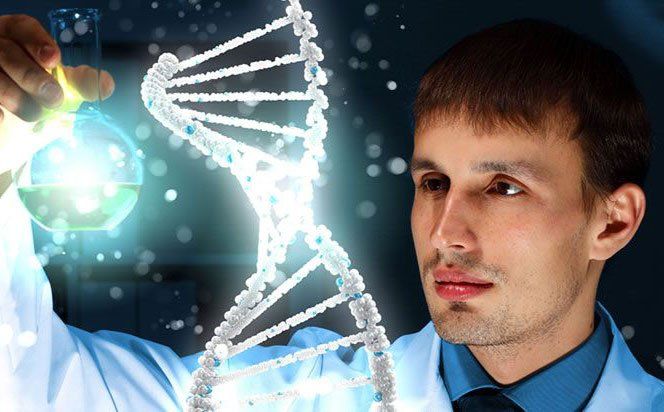MY ACCOUNT
ATF2
Activating Transcription Factor 2
- Species; Human
- Expression Host: E.coli
- Tag: His-tag
- Purity: 95%
- Molecular Weight: 56.5 kDa.
- Gene Accession Number: BC130335.
Purification and Quality Control
The His-tag recombinant protein is purified by affinity chromatography in combination with FPLC columns. The purified ATF2 is greater than 90% homogeneous based on SDS-PAGE analysis.
Unit Definition (Activity)
1 unit equals 1 nanogram of purified protein.
Applications
Recombinant ATF2 (1-505) can be used for in vitro phosphorylation, dephosphorylation assays and inhibitor screening assay. For Research Purposes Only.
Formulation and Storage
The protein is in 20mM Tris-HCl pH7.9,100mM NaCl, 0.2mM EDTA, 1mM DTT and 20% glycerol. Stored at -70°C before use. Avoid repeated freeze thaw cycles.
Synonym
Homo sapiens activating transcription factor 2, CRE-BP1; CREB2; HB16; MGC111558 and TREB7.
Protein Sequence
MKFKLHVNSA RQYKDLWNMS DDKPFLCTAP GCGQRFTNED HLAVHKHKHE MTLKFGPARN
DSVIVADQTP TPTRFLKNCE EVGLFNELAS PFENEFKKAS EDDIKKMPLD LSPLATPIIR
SKIEEPSVVE TTHQDSPLPH PESTTSDEKE VPLAQTAQPT SAIVRPASLQ VPNVLLTSSD
SSVIIQQAVP SPTSSTVITQ APSSNRPIVP VPGPFPLLLH LPNGQTMPVA IPASITSSNV
HVPAAVPLVR PVTMVPSVPG IPGPSSPQPV QSEAKMRLKA ALTQQHPPVT NGDTVKGHGS
GLVRTQSEES RPQSLQQPAT STTETPASPA HTTPQTQSTS GRRRRAANED PDEKRRKFLE
RNRAAASRCR QKRKVWVQSL EKKAEDLSSL NGQLQSEVTL LRNEVAQLKQ LLLAHKDCPV
TAMQKKSGYH TADKDDSSED ISVPSSPHTE AIQHSSVSTS NGVSSTSKAE AVATSVLTQM
ADQSTEPALS QIVMAPSSQS QPSGS
Background
The activating transcription factor 2 (ATF2), also known as CRE-BP1 (cAMP-responsive element binding protein 1), is a member of the leucine zipper family of DNA binding proteins and binds to both AP-1 and CRE DNA response elements of many viral and cellular promoters (1). ATF2 can be activated by a diverse number of cellular stresses such as inflammatory cytokines, genotoxic agents and UV irradiation through MAPK pathway (2-4). It is activated through phosphorylation at two phosphosites of Thr69 and Thr71 by upstream activators like JNK/p38 (MAPK14, SAPK2A) (2-4).
References
1. Abdel-Hafiz, HA etal (1992) Mol. Endocrinol. 6, 2079-2089.
2. Sano Y et al (1999) J Biol Chem 274: 8949-8957
3. Livingston C et al (1995) EMBO J 14:1785-1797
4. Kim SJ et al (1992) Nature 358:331-334
DISCLAIMER
This products is recommended For RESEARCH USE ONLY and is Not qualified for Use in Diagnostic or Therapeutic Procedures.




